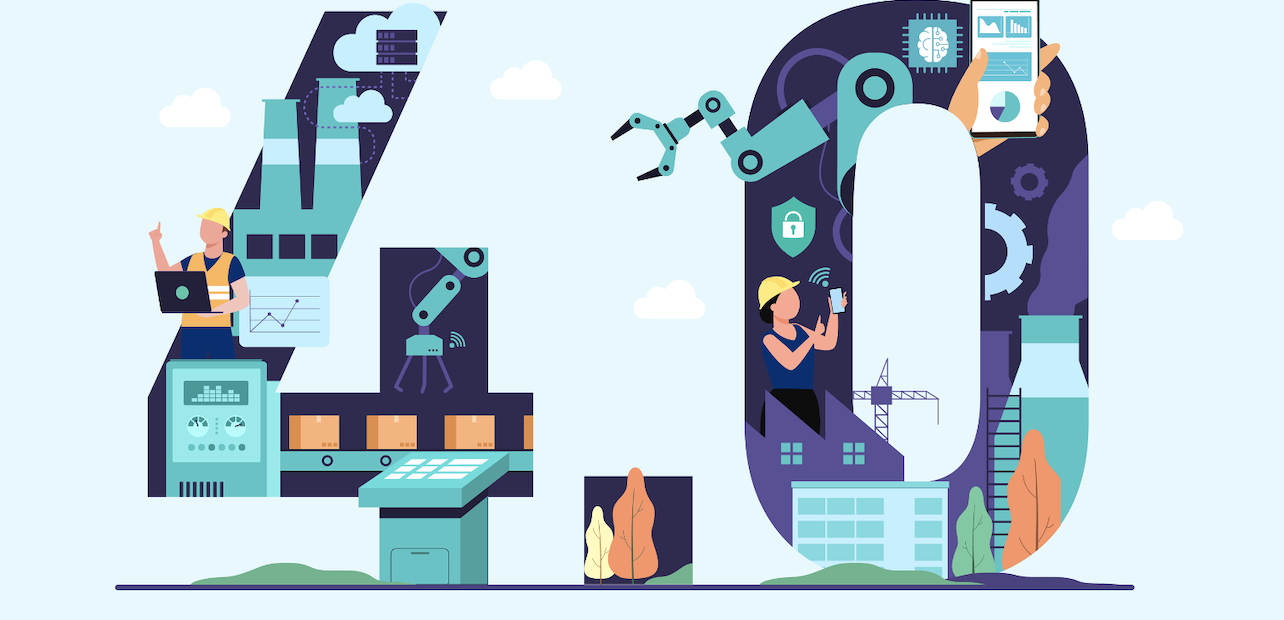The Need for a Co-ordinated Counter Virus Strategy
It’s been over a year now since COVID-19 became a major issue and forced business leaders to take drastic action. Thanks to consistent messaging, precautions such as wearing masks and social distancing have become common practice both in public and at work. The effectiveness of these measures have a strong basis in clinical data, with a Lancet meta-analysis showing that implementing them really does clamp down on viral transmission.
However, as most safety managers have known well before 2020, an effective workplace safety plan involves a linked-up approach, rather than leaving different precautions to chance.
By now, social distancing and mask wearing have become common practice. However, neither keeping six feet apart nor masking up are sufficient on their own to stop COVID-19. To beat the virus, it is necessary to minimize the potential areas at which the infection might spread. This involves combining various measures that collectively stop the virus in its tracks.
Multifaceted plans can seem daunting, but workplace managers should have nothing to fear. One of the major innovations that has seen an uptake in the past year has been the harnessing of big data analytics to help fight COVID-19. Many applications have been created to track and predict the infection and this has allowed medical and political leaders to make more informed decisions when countering the virus.
Workplaces have been no exception to this trend — and even stand to benefit from harnessing data in line with other safety practices. Thanks to innovative analytics and data features found on modern hygiene technology, those in charge can get a clear picture of their organization in the face of a lingering virus. Data from modern devices can be pooled and synchronized for a rounder safety strategy.
Modern hygiene monitoring technology such as temperature scanners are equipped with accessible analytics insights and data, meaning that adjustments across the board can be made. In turn, this allows leaders to locate and tackle blindspots in safety, and thwart infections before they occur. Plus, with rapid SMS alerts available, infectious staff members can be identified and turned away before they can spread viruses on-site.
By integrating apps, alerts, health monitoring devices, and the right software, — combined with routine social distancing and mask wearing — businesses can achieve a counter-virus setup that covers all bases. A co-ordinated safety strategy makes best use of multiple safety measures, combining both routine hygiene and intelligently deployed devices.
But it’s the intervention of data that makes the difference. The ability for health screening technology to collect and present data means that business leaders can adjust their counter-virus plans as the situation demands. Safety metrics offer a window of insight into workplace hygiene, and allow managers to stop viral threats before they start.
More about Digital Health’s Cybersecurity
About the Author
 This article was written by Chad Rissanen, CRO at Tevano, the developer of Health Shield™, an innovative, AI-driven, electronic device that provides instant body temperature scanning and notifies users if they need to wear a face mask.
This article was written by Chad Rissanen, CRO at Tevano, the developer of Health Shield™, an innovative, AI-driven, electronic device that provides instant body temperature scanning and notifies users if they need to wear a face mask.



